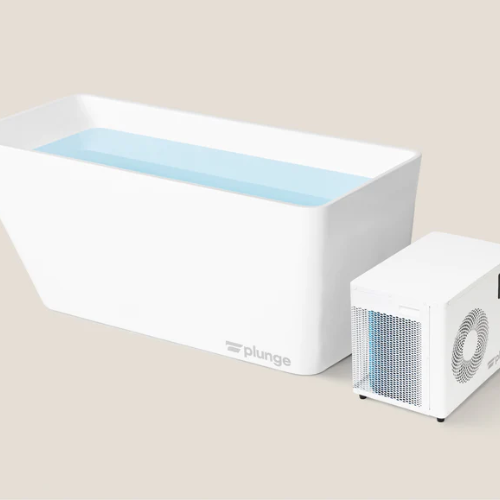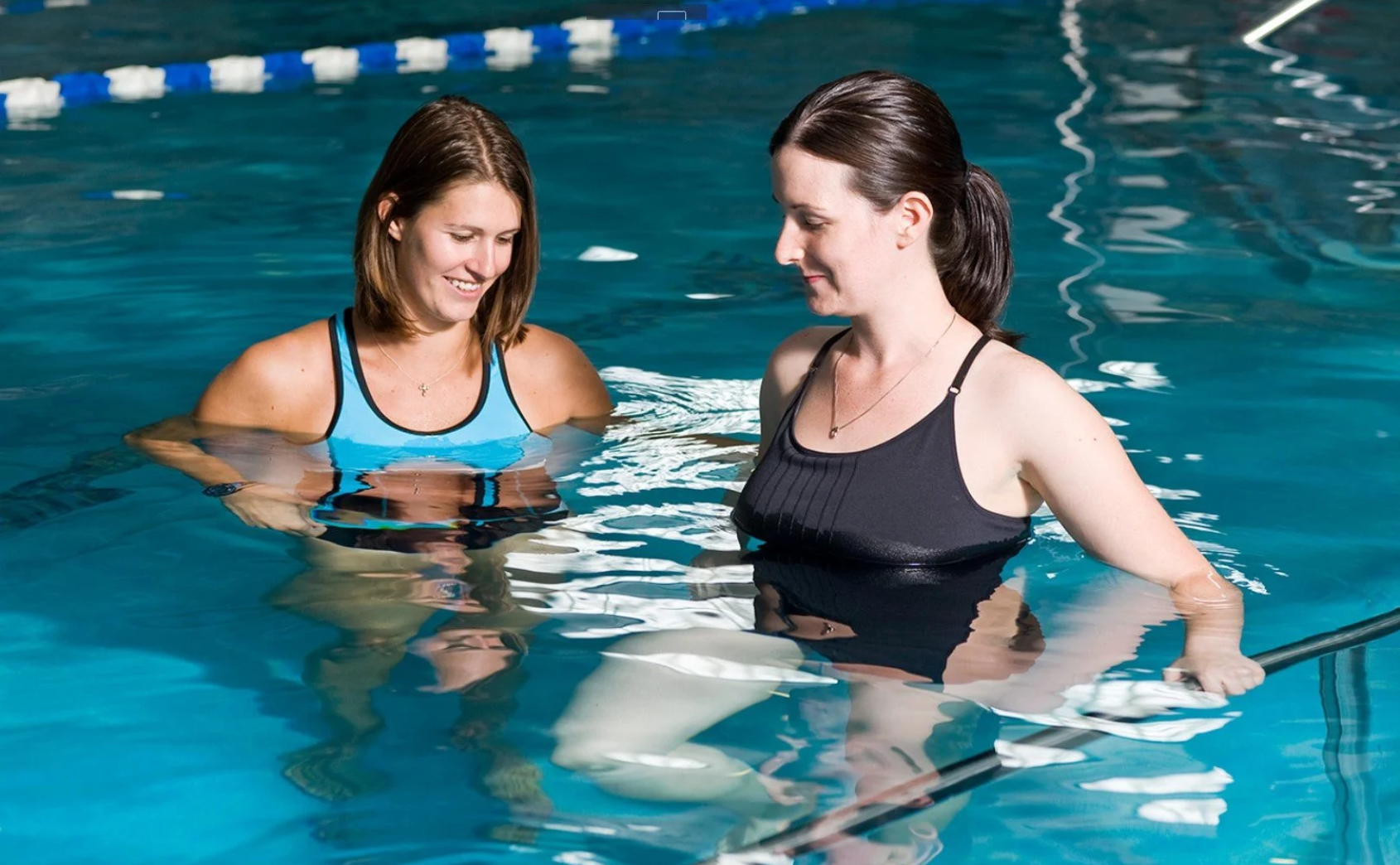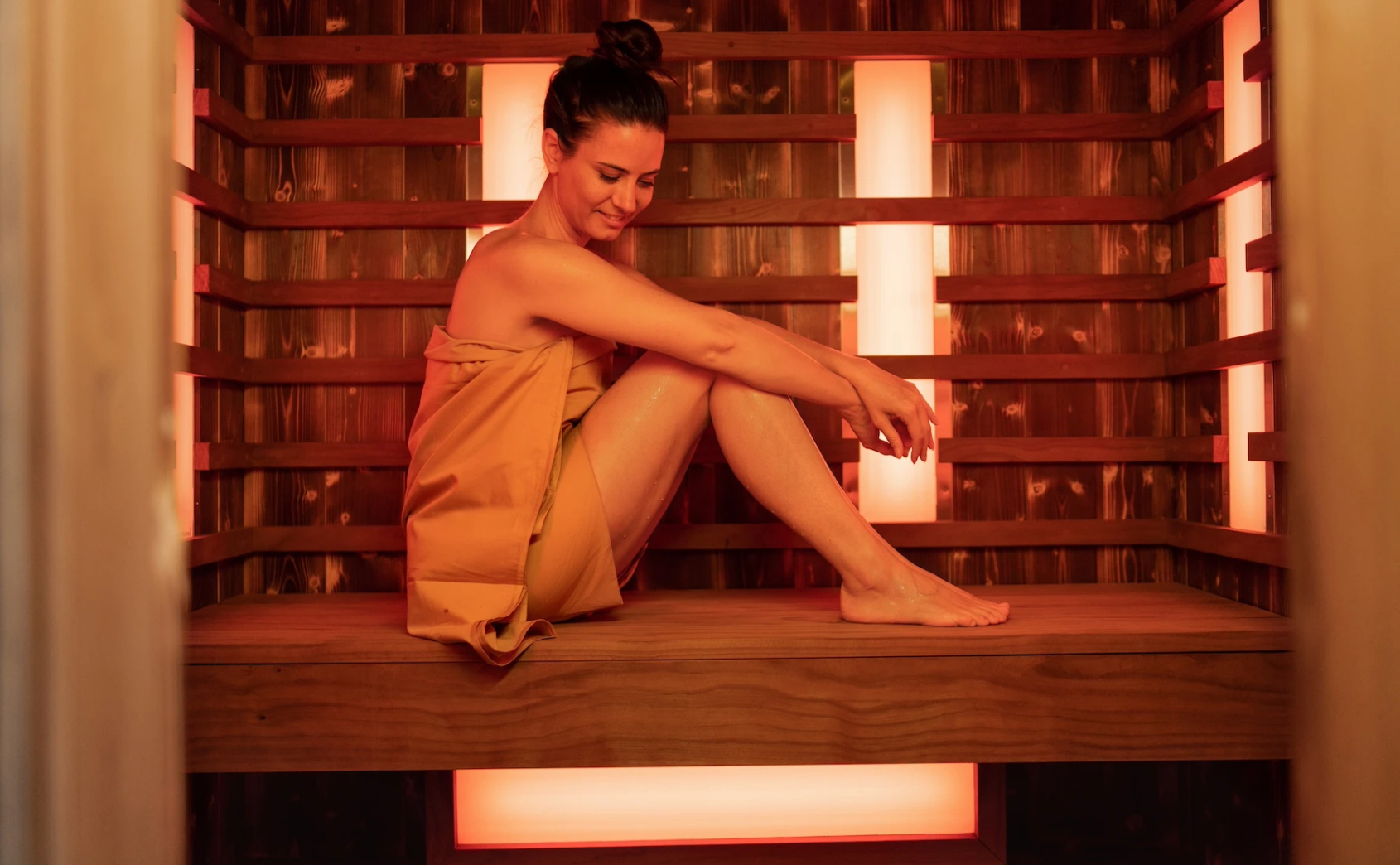Therapy is often seen as long, serious sessions where you have to open up about your problems. And that’s why many people hesitate; it takes courage, and sometimes you just aren’t ready to face everything at once. What you really need sometimes is a way to relax, recharge, and clear your mind without diving straight into your fears.
I’m not saying traditional therapy isn’t valuable; talking things through is important. But there are other methods you can try to relieve stress and improve your mental and physical well-being. One method that really caught my attention is water therapy. In this blog, we’ll explore what water therapy is, where it came from, why it works, and the best platform to get started with it.
The Origins of Water Therapy: A Historical Perspective
Water therapy has been helping people for thousands of years. Ancient Egyptians used cold water for healing, as mentioned in the Edwin Smith Surgical Papyrus around 3500 BCE. In Greece, Hippocrates, the father of medicine, recommended cold water to improve health. The Romans took it further with frigidaria, cold plunge pools in their public baths, which were believed to refresh the body and get the blood flowing.
The love for cold water didn’t stop with the Romans. Nordic cultures enjoyed ice baths, and Native Americans used cold streams for cleansing and spiritual purposes. Fast forward to today, and athletes and wellness fans are bringing it back, using cold water therapy to recover faster, boost energy, and feel healthier overall.
The Science Behind Cold Water Therapy
Here, I’ve classified the benefits of water therapy into physical and mental perspectives:
Physical Benefits
Here are the physical benefits:
- Cold water immersion helps your body in multiple ways:
- Reduces muscle inflammation and soreness after workouts.
- Improves blood circulation and heart health.
- Boosts immune function and metabolism.
Mental and Emotional Benefits
It’s not just the body that benefits. Cold water therapy can:
- Lift your mood and reduce stress.
- Increase alertness and help you sleep better.
- Provide potential relief for anxiety and mild depression, giving your mind a reset.
Incorporating Cold Water Therapy into Your Routine
Here are some of the ways you can use this therapy:
At-Home Solutions
You don’t need a gym or spa to enjoy cold water therapy. Home cold plunges, like Plunge make it easy to create your own routine. You can enjoy a refreshing dip after workouts, long days at work, or whenever you need a boost.
Professional Settings
Spas, gyms, and rehabilitation centers have also embraced cold therapy. Professional-grade equipment ensures consistent temperatures, guided sessions, and a safe environment for both beginners and advanced users.
Product Spotlight: The Plunge Cold Plunge Tub
If you want one for your home, go for this tub from Plunge. This tub is a top choice for home use. It’s perfect for anyone wanting to enjoy the benefits of cold water therapy without leaving home.
Features and Specifications
Here are the following features:
- Dimensions & Material: Built with durable, insulated materials to maintain the perfect cold temperature.
- Cooling System: Adjustable settings allow you to choose the chill level.
- Easy Setup & Maintenance: Designed for simple installation and easy cleaning.
Cold water therapy is more than just a trend; it’s a powerful tool for refreshing your body and mind. Whether you want to recover faster after workouts or simply feel more energized, it’s worth trying. The Plunge Cold Plunge Tub makes it easy to bring this ancient wellness practice into your home. With its durable build, adjustable features, and spa-like experience, it’s a smart investment for anyone serious about health and recovery.
Plunge offers an affiliate program, and we are affiliated with them. As an affiliate partner, I’m excited to share this with you. When you click on this link, you can enjoy a special discount on your purchase, and we may earn a small commission at no extra cost to you.
Stay tuned to GardeningCenter for more updates on water therapy.



